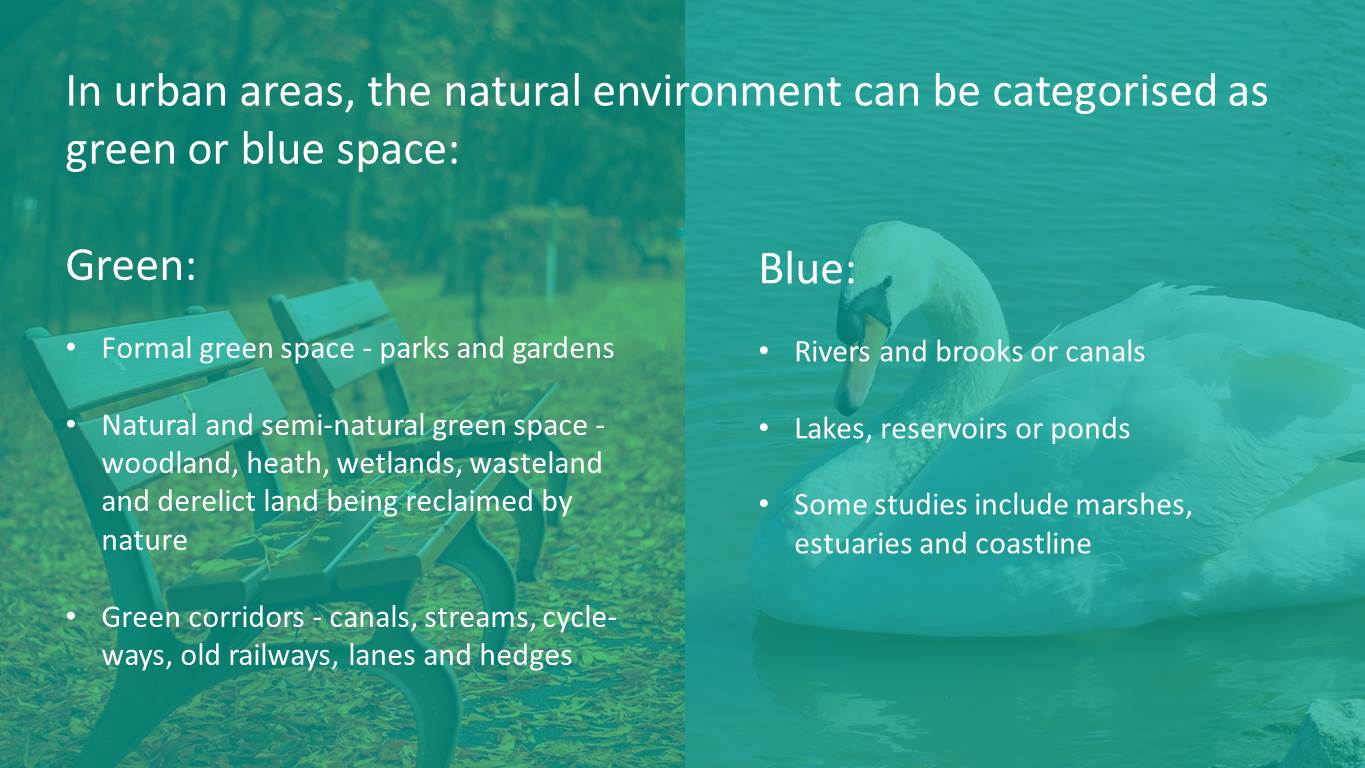During these times of lockdowns, everyone has been taking advantages of the open spaces and walked and run in nature much more than we were used to doing the previous years.
We have started to appreciate what surrounds us until we find this disgraceful dum that deface our beautiful landscapes.




 "We’ve known for some time that
"We’ve known for some time that